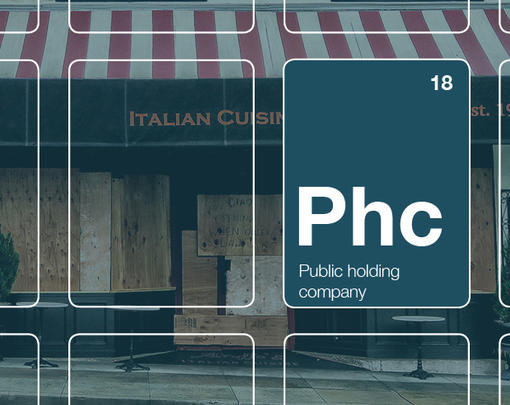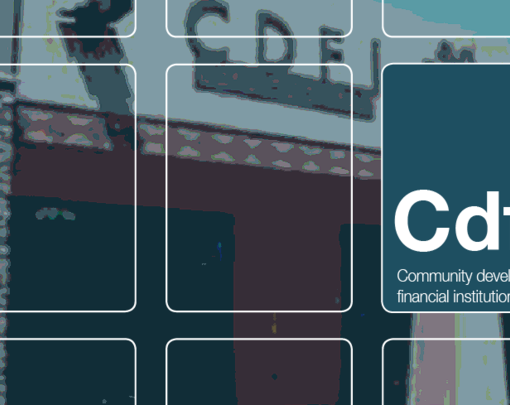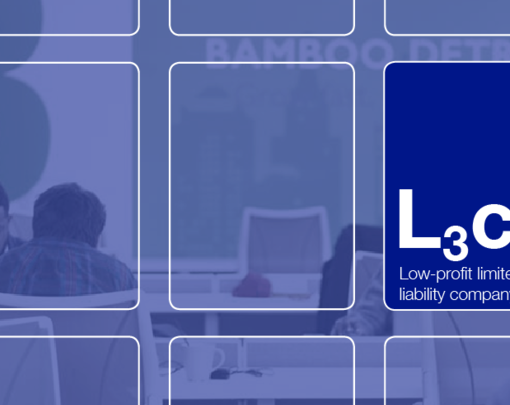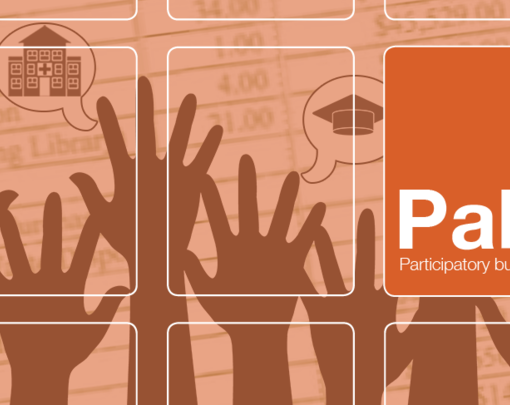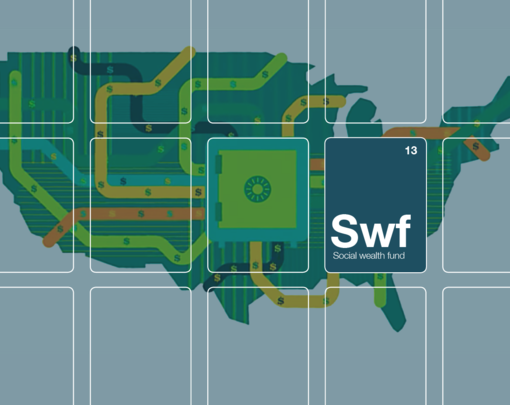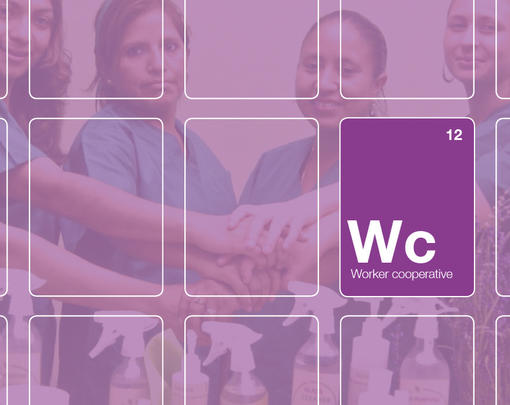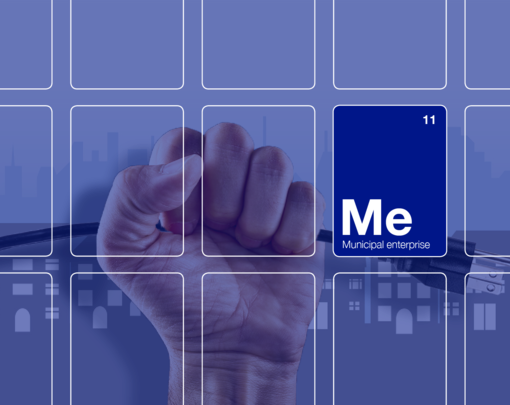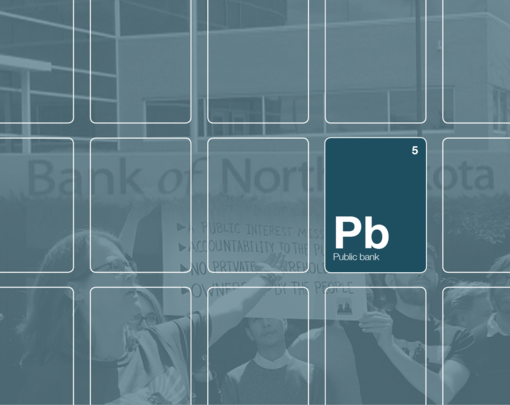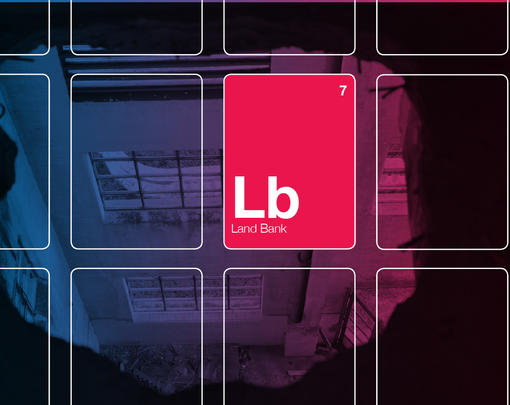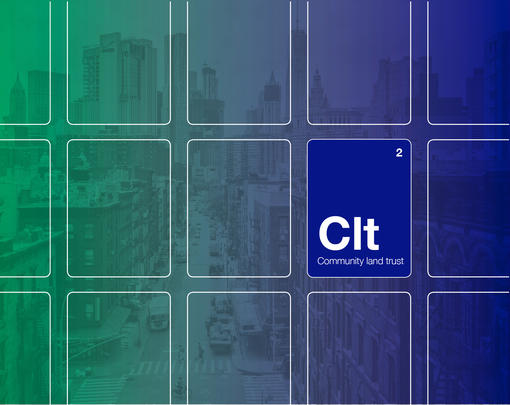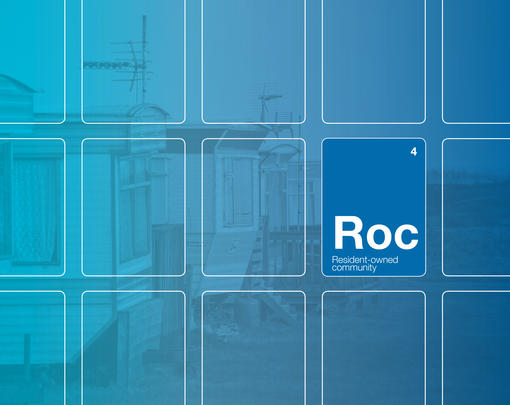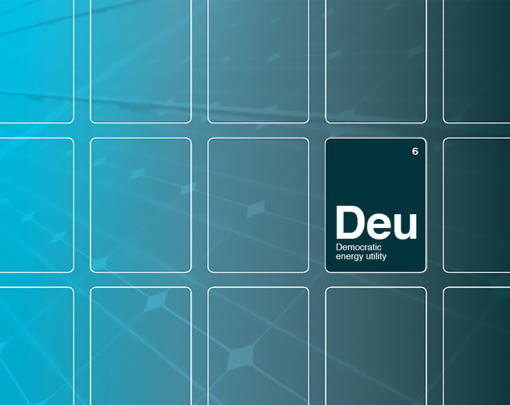Description
Public pharmaceutical enterprises are developers, manufacturers, and distributors owned by the public, rather than by private shareholders.
Publicly owned pharmaceutical institutions may exist at any or all points in the supply chain. Their activities can include engaging in research and development (R&D) of new medications; manufacturing basic inputs like active pharmaceutical ingredients; manufacturing finished products such as chemical or biological medications; and providing wholesale, retail, and distribution services. Because they are not beholden to shareholders or driven by market imperatives (such as beating the competition and concentrating market share), public pharmaceutical enterprises are free from the constraints of profit maximization and rent-seeking. They can instead define their bottom line based on different imperatives, such as the value of their contributions to public health, scientific advancement, and local economic resiliency.
Potential Impact
A public pharmaceutical sector can lower drug prices, return revenue to public balance sheets, reduce inefficiencies, and create surge capacity for emergencies. It can foster resiliency in supply chains and ensure broad, equitable access to new drugs. Public control in the areas of manufacturing, wholesale distribution, and retail pharmacies can support large-scale investments in addressing social determinants of health, creating educational opportunities and jobs as part of an inclusive industrial and economic development strategy. Critically, while private drug companies prioritize the medications that can bring in the most profit—often copies of existing products—public ownership in the pharmaceutical sector can prioritize the medications most essential to public health, addressing shortages of essential medicines as well as racial and economic inequities in access to medicines. Moreover, public ownership and control over pharmaceuticals could help facilitate a process of reparations through intellectual property and technology transfers.
Transformative Characteristics
Developing a robust public pharmaceutical sector presents a systemic approach to the issues of exorbitant prices, recurring shortages, and declining public interest innovation. It supersedes the need for piecemeal reforms or antitrust action, which could easily be rolled back. A public pharmaceutical sector would break Big Pharma’s monopoly of our medicine supply and weaken its political power, reducing regulatory capture and shrinking lobbying and contributions aimed at influencing policy. Additionally, as transparent, publicly controlled institutions gain a greater share of public funds, the public gets increased insight into the flow of money through the pharmaceutical supply chain, which would inform future policymaking. That same transparency could pressure the private pharmaceutical industry to follow suit, further advancing the aims of the policymakers and others already advocating for such change.
Examples
Cuba’s pharmaceutical industry
The island nation’s entire biopharmaceutical industry is public and spans R&D, production, and distribution. The industry is known for its innovations in vaccine development and immunotherapies, but produces medications in all therapeutic classes. Production covers the majority of domestic demand and provides for exports to at least 50 countries. The industry’s success can be measured by its numerous international awards for innovation, technology transfer agreements, healthy profit margins, consistent return on investment, and positive cashflow. Its prioritization of public health is evident in the development of affordable vaccines and medications for the diseases that most affect poor populations.
Apotek Produktion & Laboratorium (Sweden)
APL is a Swedish public pharmaceutical manufacturer and one of the largest manufacturers of specialty medicines in Europe. It is dedicated to making medicines that are not readily available on the market otherwise. Its four manufacturing plants produce a catalog of 2,000 products sold in 35 countries around the world, including the US. Its mission statement includes a commitment to “better health, a good environment, sound economics and a sustainable society.” Each year it, along with Sweden’s public retail pharmacy Apoteket AB, pays a dividend to its only shareholder—the Swedish people as a whole.
Challenges
If not established with a clear mission, sufficient democratic governance and accountability mechanisms, public pharmaceuticals could be vulnerable to politicization, suffer periods of disinvestment, or succumb to corporatization and a reversion to market-based measures of success. Public pharmaceuticals will be most successful when they can rely on consistent budgets and priorities over time as drug development is a long and uncertain process. Initial capitalization may be a challenge in some jurisdictions, but the long-term savings and social and economic benefits created by not-for-profit drug production should offset these costs.
More Resources
- Report: “Medicine for All: The case for a public option in pharmaceuticals.”
- Four steps toward reclaiming public medicine for public health
Download and Share



